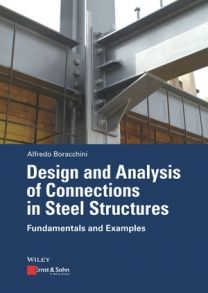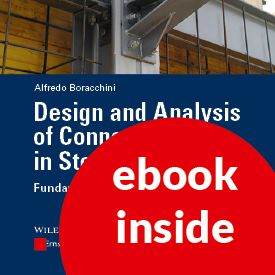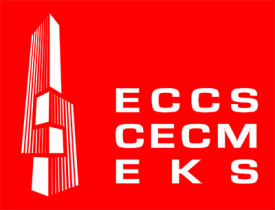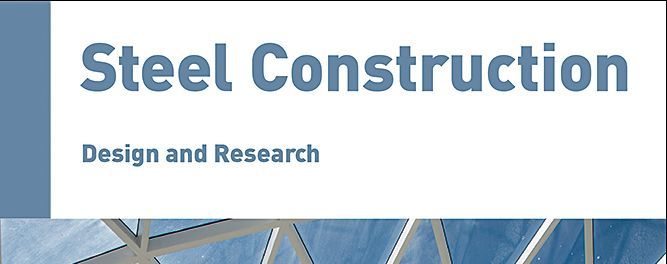1. Fundamental concepts relative to joints in order to design steel structures
A couple of fundamental concepts relative to joints in order to correctly design steel structures are discussed. Firstly, before setting up a calculation model (FEM or FEA model), the engineer must have a clear understanding between the connections that must develop some moment resistance (moment connections) and the connections that can be executed as simple hinge joints (pin connections). To decide this, it is necessary to clarify the lateral load resisting system. Pros and cons of lateral resisting systems like braces, portals, base rigid restraints and others are explained. Secondly, the plastic hinge concept is treated with some special attention to base plates and trusses.
2. Fundamental concepts to understand the behavior of steel connections
Various concepts necessary to understand the behavior of steel joints are reviewed. The discussion in this chapter is only qualitative (no formulas and numbers) and it includes several interesting topics like joint classifications, ductility, load path (and its ignorance!), yield line, transfer forces, diffusion angles of forces, simplicity and repetitiveness of connections to reach economy, eccentricity in joints, the importance of stiffness to understand force distribution, insights about the behavior of bolts in shear and tension and the effects of bolt pretensioning over resistance.
3. The limit states for the connection components
Steel connection design is based on limit states nowadays and this chapter tries to give all the necessary formulas to design steel joint components. The main codes taken as reference are the Eurocode 1993-1-8 and the American AISC 341 but equations from other codes are also mentioned to make comparisons, for example German DIN 18800, British BS 5950, Australian AS 4100, Indian IS 800, Canadian CSA S16 and more.
4. Connection types: analysis and calculation examples
Joint type by joint type, each connection kind is thoroughly studied with special care to the limit states to evaluate, the possible variants, its ductility, rotation capacity and stiffness, structural integrity; then, for each type of joints an example is solved with all the calculations shown step by step. Each example solution is also compared with the result of a software, SCS – Steel Connection Studio, that can be downloaded and used in its trial version by the engineer (trial version is enough to solve the given examples). The examples are developed according to different standards and solutions include design according to European, American, Canadian, Australian and Indian provisions.
5. Choosing the type of connection
Choosing the type of connection to use is not simple and it is basically a decision to be done with the fabricators and erectors, taking into account the local “steel culture”. Nevertheless, advantages and disadvantages of the most common connections are reviewed together with some notions of shop organization.
6. Practical notes also related to fabrication
The steel designer can collect some interesting information and practical notes related to fabrication by reading this chapter. The discussion covers bolt tightening and pretensioning, bolt spacing and edge distances needed according to various standards, suggested clearances for erection, dimensions of washers, nuts and heads, considerations about permissible encroachments in connections, bolt classes, shims, reuse of bolts, camber, galvanization, field welds, skewed joints, grout in base plates, notches and more.
7. Example of connections
This chapter presents some connection examples to possibly help the designer in finding the right solutions. The cases are actually innumerable and the realizations shown (more than a hundred figures) are just to inspire the engineer by visualizing some real situations that worked in other projects.




